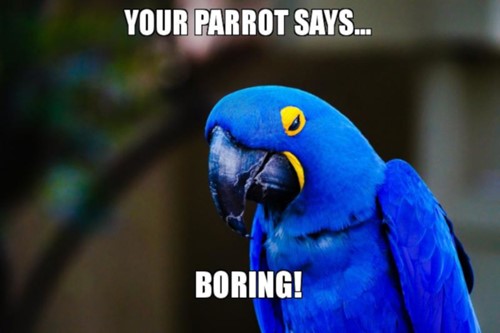Ten Tips for Self-Editing
23 January, 2019
The best way to self-edit a document is not to. Seriously: You should get an editor’s help whenever you can. The cost is probably less than you think. The work will come back faster than you think. And you are better off if you don’t try to go it alone. You can find more details in You Should Hire an Editor.
There are times, however, when you can’t hire an editor. You’re stuck self-editing. What do you do? Here are some tips from a professional editor. They’re all good things to do even if you will be hiring an editor later on, because they help make you a better writer.
Take a break. Step away from the document. You need to clear your head and get some perspective. Set it aside for hours or days, depending on how much time you have.
Cut 10% of the word count. First drafts are nearly always too long. They’re just too wordy! Set a target to reduce your word count by at least 10%, which you will achieve entirely by rewriting roundabout ways of saying things cutting padding.
Ask yourself who’s doing what. Passive voice can be contentious Passive voice is too often blamed Many people fret about the passive voice, but you don’t need to get stuck on the grammar; just make sure you’re presenting who is doing what, clearly and accurately.
Use fewer nouns – and more verbs. Writers tend to pile up stacks of nouns modifying nouns, and you won’t improve them just by adding prepositions. Find a way to use more verbs and fewer nouns. Overall target audience reading comprehension will be greatly improved. Your readers will understand more easily.
Throw away your crutches. Everyone has certain words or turns of phrase they rely on too much. Do you start sentences with “Well”? Do you expand on sentences with “which is to say”? Do you regularly toss in one- or two-word sentence-bombs like “Not really”? Well, aAllow yourself to use that phrase only once. Which is to say: mMake it count or don’t use it. Really.
Avoid clichés like the plague. This also means avoid tired turns of phrase such as “the overwhelming majority,” “raises the spectre of…,” “a hefty tome,” “suffice it to say,” “burst onto the scene,” “…is the new black,” “make no mistake,” and especially “’Tis the season” (!). And mixing clichés is just flogging a dead hobby-horse over the head… no. Oh, you were being witty and ironic? Sorry: It probably looks lazy and trite.
Get more eyeballs. Even if you can’t get a professional editor, try to get some more eyes on your text. If non-experts will be reading it, get feedback from non-experts. Try to ask people who read a lot, especially of the type of document you’re writing. Watch out for grammar cranks – people who get upset about small points of grammar and go around issuing unsolicited corrections: they like to ride their personal hobby-horses and may not help the effectiveness of your text. The most important feedback you’ll get from readers is any comment that shows they’ve misunderstood what you’re saying. That opens a door for you to discuss it with them and figure out how to make it clearer. Remember: If your intended readers don’t get what you’re saying, that’s your problem.
Read it out loud. This catches a lot of errors. Little things that might have slipped by can catch your attention when you speak the words. (To take it to the next level, get a parrot that shouts “Boring!” at random times just to keep you thinking about whether you’re saying useful, interesting things in useful and interesting ways.)

If you’re using tracked changes, do a final read with the tracking hidden. When you’re seeing a forest of underlines and crossouts, or even just bubble insertion points, you can miss things such as extra spaces, missing punctuation, and even omitted or duplicated words. Look it over in the final view (set Word to show Simple Markup or No Markup).
Do a final consistency check. The golden rule in editing is “Be consistent.” It can be difficult to keep an eye on consistency in phrasing and grammar while you’re writing and even while you’re editing. So do a final dedicated check of consistency and adherence to your preferred style. The best way to do that is with PerfectIt. PerfectIt doesn’t replace an editor – it’s software that professional editors use. It checks the whole document and lets you know if you’re:
- spelling a word in different ways in different locations
- punctuating lists consistently
- using the same case for headings
- consistent with hyphenation and capitalization
- sticking to the style preferences you decided on.
PerfectIt takes your self-editing to the next level because it’s accurate and fast. It’s like a second set of eyes checking for the most difficult-to-find errors. Click to download your free trial for Mac or PC.




